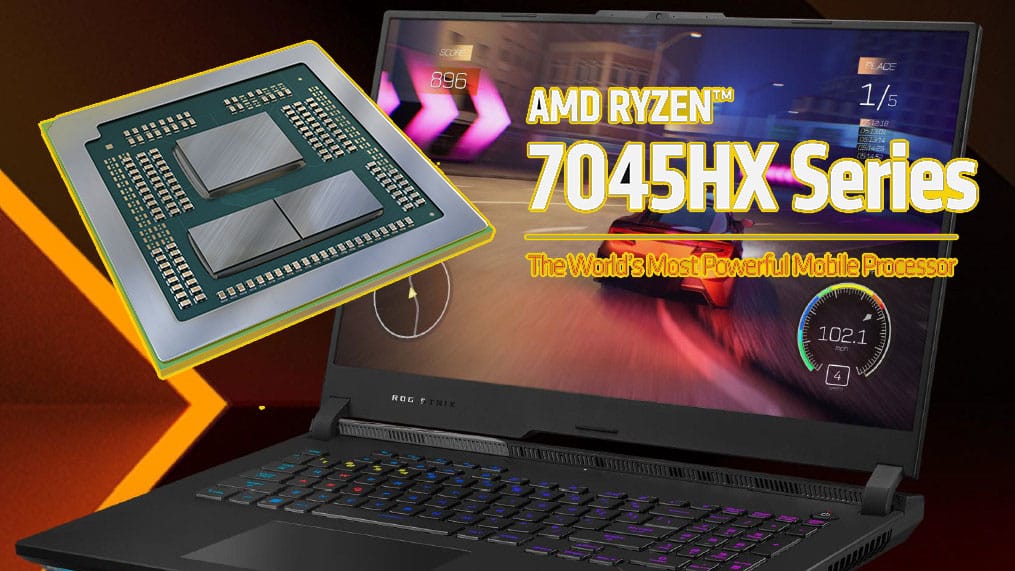Power Consumption
The GW Instek GPM-8213 power analyzer is handy for measuring power consumption. I ran several AIDA64 System Stability tests. The one where I stress the CPU and the FPU is provided in the video below.
CPU Full Load Power Consumption
With the AIDA64 System Stability set for CPU and FPU, I got the following power consumption from the laptop.
With only the CPU fully stressed, power consumption is around 140W, which is low enough given that we are talking about a 16-core/32-thread CPU.
CPU & GPU Full Load Power Consumption
While AIDA64 System Stability was running, I also fired up Furmark, and I got the following:
With 299W maximum power drawn from the socket, the 330W power adapter won’t sweat. The system is not power-hungry, far from it, given its hardware’s capabilities.
Pages:





2) Turd of LDC-IPS. What a crap with 1000 – 1200:1 contrast and the usual LCD flaws. Even more crap because it has a AG-coating (matte) which further pulls image quality down the toilet (especially the contrast, which attributes to image quality the most). No one seriously needs 240 Hz either. 4K-UHD, at least W-Oled (better QD-Oled) 120 Hz is expected for 3500 bucks.
1500 bucks, 17 inch business notebooks get W-OLED with 4K-UHD resolution.
You didn’t even mentioned this once. You can put whatever future RTX 20090 in it – the image quality still is very low, because the last link in the chain, the display (what we perceive), is low image-quality garbage.
3) AMD is milking customers with their Ryzen processors too, this Ryzen 9 7945HX3D. The chiplet-design is negatively affecting performance, power draw and thus efficiency. Noticeably with one chiplet, even more here 2 chiplets here. Intel’s new mobile processors are already very close in terms of efficiency to this one here (despite not having stacked cache).
It’s only meant for AMD to get higher product margins. They could went for the superior but costlier monolithic design, as seen with the upcoming “12 core Strix Point”.
But why give customers better products if can get higher product margin?!
3) Typical Asus overpriced-tax. Such price yet such underwhelming build. Why make the chasis so thin in height and the cooling so bad? I don’t say it has to be a 7 kg desktop-replacement, but this 3 kg is a joke! No one smart will use this for serious 200 – 300 watts gaming on battery; it lasts maybe 30 minutes. This is meant to be plugged in, and here weight is no problem at all. So make it 4 kg and beef up the cooling.
75 ° average and almost 90 ° Celsius peak for the processor is bad.
38 dB while gaming at native resolution is very loud, given the laptop is directly in front of the user.
The provided noise audio sounds very loud. Whats the point of this, if the user can’t focus on the game, being distraced by noise?
For 3.5k it should have the best thermals and builds.
I’m saying this pretty blunt and full of critique, because that’s what it is; can’t wrap this customer-milking and your partly dishonest test in pretty words. This laptop has to cost 2 – 2.4k bucks at most.
Inflation or whatever recession is no excuse here.
I’m disappointed. Please remove whatever award asap.
You shouldn’t buckle before these companies, just because they provide free review samples. They should buckle before you testers.
I sincerely hope you do it better next time (and change it now), because that’s what you and this website deserve!
Cheers